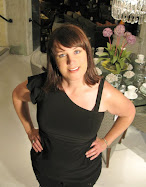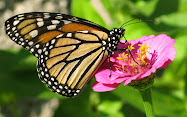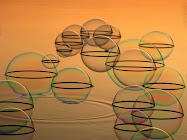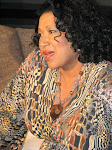 BALANCING HEAVEN AND EARTH
BALANCING HEAVEN AND EARTHby Robert A. Johnson
I’m adding another four letter word to the list your mother gave you: B-U-S-Y
Why are so many people declaring, insisting, and defending their busy-ness? What are the rewards of being busy? Busy people will defend their lifestyle because they believe they are benefiting from it, but what is the emotional and spiritual cost of this behavior? Does being busy really make you happy?
In the 80’s we watched television shows like “Dallas” which focused on having luxury and leisure time, then in the 90’s the popular series “ER” demonstrated that the characters had to sacrifice their personal lives in order to have successful careers. I think society reflected this change. Suddenly, it was not cool to have time on your hands, it was a race to who could be the busiest - as if busy had become a status symbol. You’re a loser if you are laying around watching clouds and listening to the birds sing.
I was raised by a Father who didn’t mind letting his supper go cold if someone called or stopped by during the dinner hour. He always had time for people, friends or strangers. It was his way, and he was loved by many because he invested in relationships. Yet, he also had a full and very productive life.
Many of my friends preface conversations these days with, “I’ve got 2 minutes…” At times, I’ve wondered if I am too chatty, needy, or worse, that our relationship is merely another obligation, another detail to check of their ever expanding list.
Robert A. Johnson’s book, “Balancing Heaven and Earth” contends because we are both a soul and a physical body we have to do the practical things like clean our house and shop for groceries, however, we must also balance these physical deeds with a spiritual connection to our existence. Its called being. In balancing heaven and earth, we must balance being and doing. Busy people are overly focused on doing.
Being is “attentive solitude with our thought and feelings,” a “meditative time to open up to your inner self.” He says that loneliness comes not from being alone, but from being cut off from your deep inner self, and isolation can actually cure loneliness.
We think, if we keep running, our thoughts will never catch up, yet they will not stop chasing us either. “Soul work, or inner work, takes place when something moves from the unconscious, where it began, into conscious awareness. The path is never straight and neat inside oneself, as if you could go to a library and do all you inner work there. Instead, when something is ready to move from the unconscious to the conscious, it needs a host or intermediary. Generally this intermediary is some person or some thing.”
“Think for a moment of the horizontal beam of a cross as representing doing, or the earthly realm. We have all kinds of daily activities—going to work, raising our family, paying our bills: these are the necessary and proper business of the earthly realm. Often all this doing just fills up our lives. But when we become focused exclusively on doing, our lives start to feel empty and meaningless; we start to wonder why we work so hard. We may secretly ask: Is it worth it? What’s the point? What is the meaning of my life?
This is a sign that we have neglected the opposite of doing, which is being. Now think of a vertical beam of a cross as representing being, or the heavenly realm. We also must have time and place in our lives in which we connect to something that is larger and more enduring. We need at least a taste of the Golden World to make our lives bearable, and this requires time for reflection, for meditation, for inner work and attentive solitude. In short, we need a balance of doing and being.” (excerpts from "Balancing Heaven and Earth" -R.A.Johnson)
My friend and fellow blogger, Michael, recently wrote a piece called, “Have You Never Been Mellow.” He discovered a way to quiet his mind and de-stress his life by being. The title comes from an Olivia Newton-John song:
“Have you never been mellow,
have you never tried,
to find a comfort from inside you?”
I highly recommend reading Robert A. Johnson’s book, “Balancing Heaven and Earth,” and Michael’s thoughtfully written article, “Have you Never Been Mellow.” Be sure to manage equilibrium between being and doing, stop separating yourself from your life and friends with the walls of busy, and do your inner work. It has been said; treat others as you would want to be treated. So to create a happy fulfilling life, begin with the relationship you have with yourself.






















